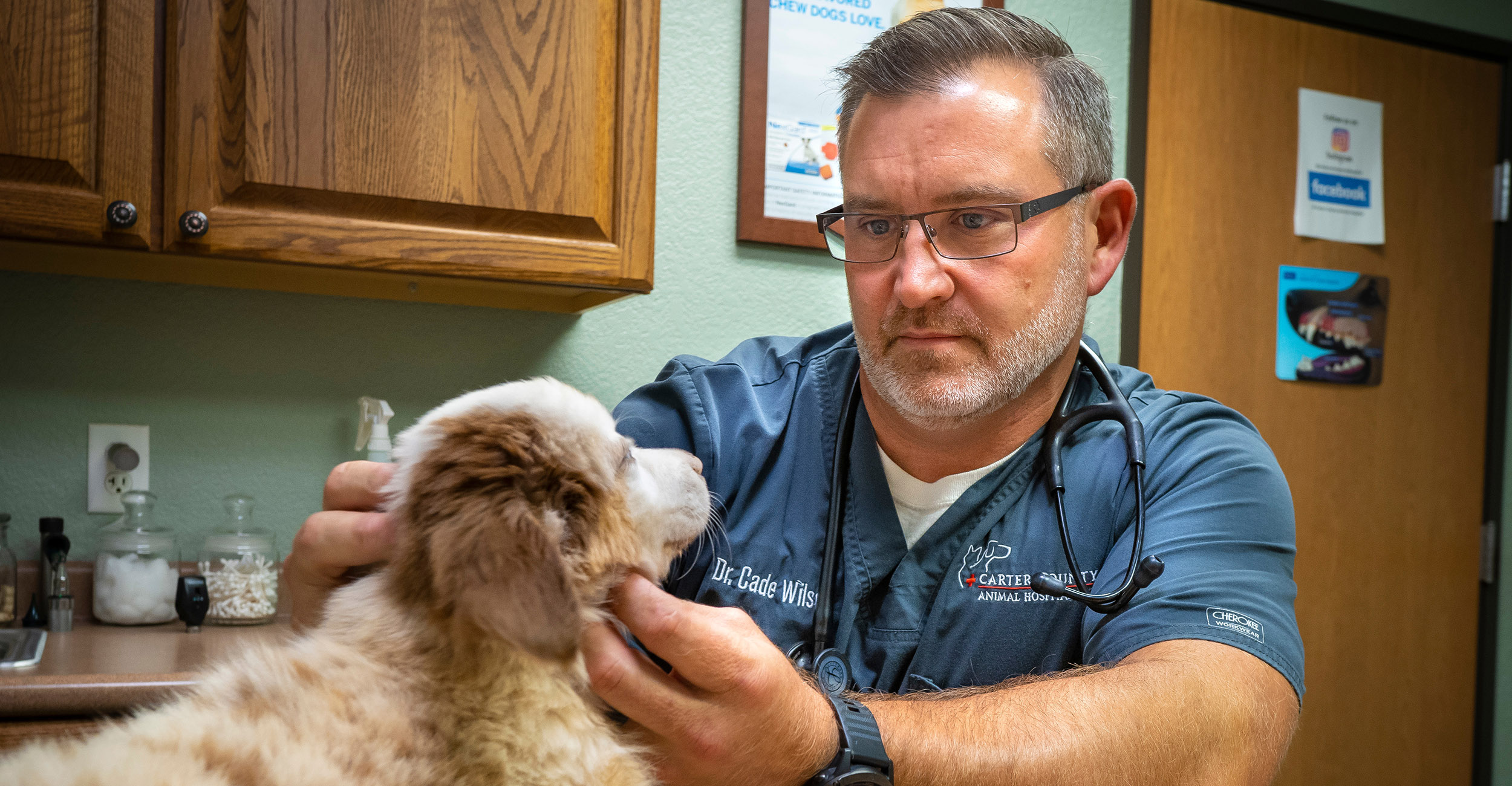- March 11, 2022
- No Comment
- 5 minutes read
Veterinarians, pet owners struggle with payment plans – Oklahoma State University

Thursday, September 16, 2021
Media Contact: Brian Brus | Agricultural Communications Services | 405-744-6792 | [email protected]
Although veterinary technology continues to improve and enter the mainstream — with oncology treatments and MRIs, for example — the availability of customer payment systems to help provide those services still lags, according to recent Oklahoma State University research.
Customers want more options, said Courtney Bir, an Oklahoma State University Extension specialist and assistant professor in the Department of Agricultural Economics.
“We are trying to find a solution to help veterinarians smooth their costs while helping those pet owners avoid price shocks,” Bir said.
“Medical care for pets has made great advances, many of which come with high price tags. Increasing willingness to pay for even quite expensive medical care for pet animals is a reflection of the increased importance of pets as family members. Understanding these changing medical needs and offering the best options for clients is important for veterinary clinics.”
Dr. Cade Wilson — a small animal veterinarian who owns and operates his own practice in Ardmore, Oklahoma — agreed with Bir’s findings, which were based on dog and cat owner feedback nationwide. Wilson, an OSU alumnus, has been in practice about 17 years. On the business side of operations, the return on investment for new tech is quite low, which makes retaining clients and attracting new patients vital.
But even when clinics can afford to offer the technology, Wilson is quick to point out not all clinics have the management capacity to set up and collect payments.
“It does put some clients in a tough spot. We try to help them in terms of cost and what’s necessary,” Wilson said. “Just about everybody does credit cards now, of course, and we still accept checks. I have also worked very hard not to deal with debt collections.
“I’m just not sure there’s a better way. But I do know I want to keep those pets healthy and happy with owners who love them, with the best service possible and all other factors taken into consideration.”
With 48.2 million U.S. households owning 76.8 million dogs and 31.9 million homes with 48.4 million cats, the market has a lot of demand. Data from the American Veterinary Medical Association reveals Americans spend a total of about $25 billion on dogs and cats annually. Related businesses have spun off over the years to capture that potential, particularly in rising healthcare costs, such as third-party payment vendors and pet insurance companies. One of the country’s largest pet supply retail chains recently announced it is partnering with a financial services company to offer online and in-store payment services.
Bir’s research found it is difficult for pet clients to incorporate the common practice of third-party vendors when managing payment plans. The study was published in the Journal of Agricultural and Resource Economics.
“However, this can decrease the already strained profit margins associated with veterinary services, and issues that may arise with third parties can erode the veterinarian–client relationship,” she said.
Dr. Rosslyn Biggs, an assistant clinical professor at OSU’s College of Veterinary Medicine, said that although there are exceptions, balancing the needs of pet medical care with owner payment capability continues to be a challenge for veterinarians at any stage of their careers. Many practices, especially those that are doctor-owned, are challenged with finding staff with the expertise to administer payment and collections in both urban and rural practices.
“Some of the most difficult situations in practice are those when the recommended course of care for an animal does not align with the client’s financial resources,” Biggs said.
Her conclusion matched Wilson’s own experience: “Innovative payment mechanisms that give owners options to cover their pet’s medical expenses while not decreasing the narrow margins of most veterinary practices are needed.”

